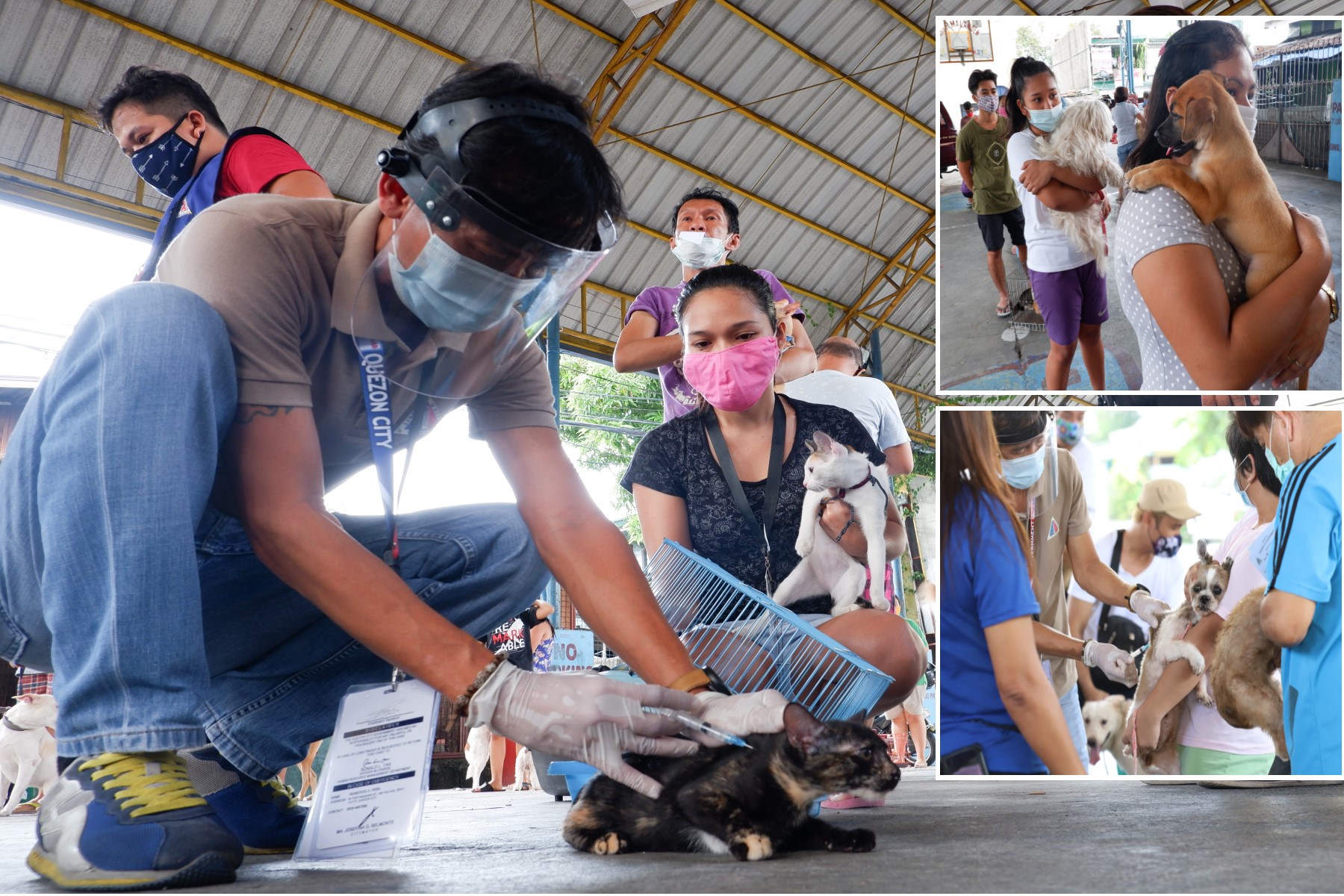
By Alec Go
The Department of Health (DOH) has recorded 259 cases of rabies in the country from the start of the year until Sept. 2, an 8% decline from the number of cases during the same period in 2022.
In response to a media query, the DOH said rabies cases are on a continuous increase for the past six weeks, with 29 cases recorded in the recent four weeks.
One to three new cases were reported in Metro Manila, Ilocos Region, Central Luzon, Mimaropa, Bicol Region, Central Visayas, Eastern Visayas, Zamboanga Peninsula, Soccsksargen, and Caraga in the recent four weeks.
The DOH is encouraging individuals bitten by animals to seek medical attention as immunization efforts continue against rabies.
Currently, rabies vaccine is given to cases involving minor or superficial scratches or abrasions “without bleeding, including those induced to bleed below the neck.”
A rabies vaccine and rabies immunoglobulin are given when a rabid animal bite resulted in puncture wounds, lacerations, avulsions or scratches or abrasions with spontaneous bleeding; and if minor scratches or abrasions are located in the neck and head.
The DOH said fever, sore throat, anorexia, nausea, vomiting, generalized body malaise, headache, and abdominal pain may be experienced by a person bitten by a rabid animal within 10 days.
“Afterwhich, manifestations such as hyperactivity, hypersalivation, disorientation, and hallucination, bizarre behavior, seizures, nuchal rigidity or paralysis appear,” it added.
The usual incubation period of rabies virus is three to eight weeks, but it can be as early as nine days and may go up to seven years. – gb
